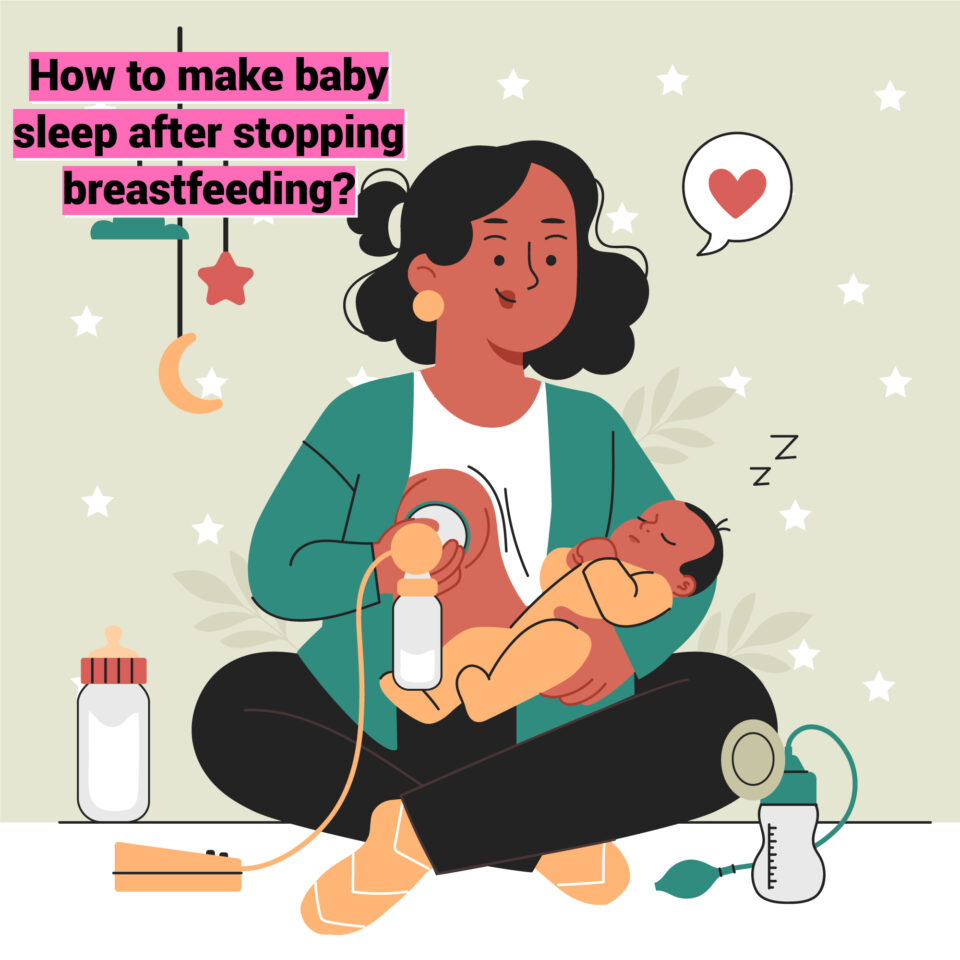Contents
Introduction
Welcome to Baby Music Lullaby where we provide expert guidance on parenting and baby care. We understand that transitioning your baby to sleep without breastfeeding can be a challenging phase. In this comprehensive guide, we will share effective strategies to help your baby sleep peacefully after stopping breastfeeding. By implementing these tips, you can establish a new sleep routine and ensure a smooth transition for both you and your baby. Let’s get started!
Gradual Weaning Process
Before addressing sleep routines, it’s important to gradually wean your baby from breastfeeding. This gradual process helps your baby adjust to the change and reduces discomfort. Here are some tips for successful weaning:
- Slow Reduction: Gradually reduce the number of breastfeeding sessions over time. Start by eliminating one feeding session per day and gradually decrease from there. This approach allows your baby to adapt to the reduced breast milk intake gradually.
- Introduce Alternatives: Introduce suitable alternatives to breastfeeding, such as expressed breast milk in a bottle, formula feeding, or solid foods if your baby is ready. This helps fulfill their nutritional needs while transitioning away from breastfeeding.
- Comfort and Cuddling: During the weaning process, offer extra comfort and cuddling to your baby. This helps them feel secure and loved, even without breastfeeding.
Establishing a New Bedtime Routine
Creating a new bedtime routine can help signal to your baby that it’s time to sleep, even without breastfeeding. Consider the following strategies:
- Consistent Schedule: Establish a consistent bedtime schedule that aligns with your baby’s natural sleep patterns. Consistency helps your baby recognize when it’s time for sleep and promotes a sense of security.
- Wind-Down Activities: Engage in calm and soothing activities leading up to bedtime. These activities can include a warm bath, gentle massage, reading a book, or listening to soft lullabies. These activities help your baby relax and transition to a sleep-ready state.
- Comforting Rituals: Introduce comforting rituals that provide reassurance and relaxation. This could involve rocking your baby, singing a special bedtime song, or providing a soft and cozy blanket or stuffed toy for comfort.
Create a Calm Sleep Environment
A calm sleep environment plays a crucial role in helping your baby sleep after stopping breastfeeding. Consider the following tips:
- Darkness: Create a dark environment in the bedroom to promote sleep. Use blackout curtains or shades to block out external light sources and create a soothing atmosphere.
- White Noise: Use white noise or gentle, rhythmic sounds to drown out background noise and create a calming ambiance. This can be achieved through a white noise machine or a smartphone app specifically designed for baby sleep.
- Comfortable Sleep Space: Ensure your baby’s sleep space, such as a crib or bassinet, is comfortable and safe. Use a firm mattress with a fitted sheet and remove any unnecessary items that may pose a suffocation risk.
- Temperature and Humidity: Maintain a comfortable room temperature between 68-72°F (20-22°C) and ensure adequate humidity levels. This helps create an optimal sleep environment for your baby.
Consistency and Patience
During this transition period, it’s important to remain consistent and patient. Every baby is different, and it may take some time for them to adjust to the new sleep routine. Here are a few additional tips:
- Offer Comfort: If your baby becomes fussy or restless, provide comfort through gentle touch, soothing words, or rocking. Assure them that you are there for them even without breastfeeding.
- Stay Calm: Babies can pick up on parental emotions, so it’s essential to remain calm and reassuring. Your calm presence will help your baby feel secure and comfortable.
- Seek Support: If you’re struggling with the transition, don’t hesitate to seek support from your partner, family members, or healthcare professionals. They can provide guidance and reassurance during this adjustment period.

Conclusion
Transitioning your baby to sleep after stopping breastfeeding requires patience, consistency, and understanding. By following the strategies outlined in this guide, you can help your baby establish a new sleep routine and promote peaceful sleep. Remember to gradually wean, create a new bedtime routine, provide a calm sleep environment, and remain patient throughout the process. For more expert advice and parenting tips, Click on Baby Music Lullaby menu, and scroll on tons of helpful articles on baby sleep.

 Subscribe to Get Soothing Lullabies to Help Your Baby to Sleep
Subscribe to Get Soothing Lullabies to Help Your Baby to Sleep